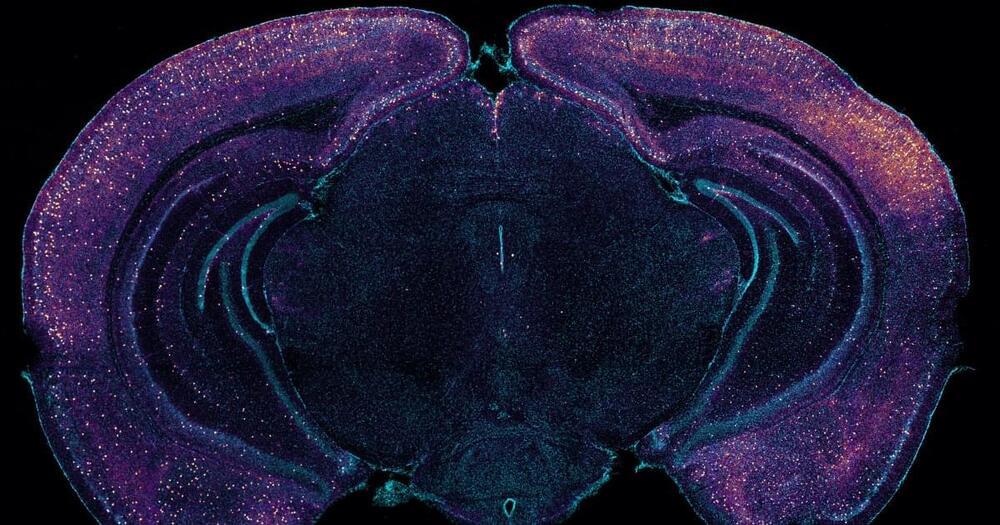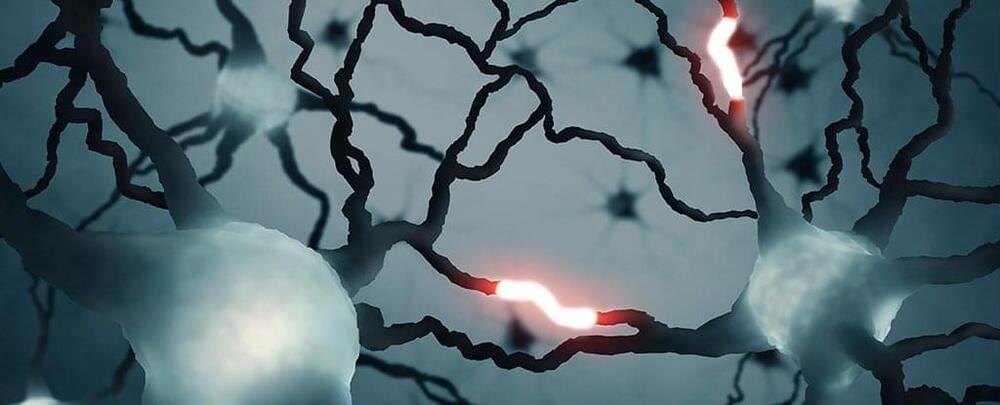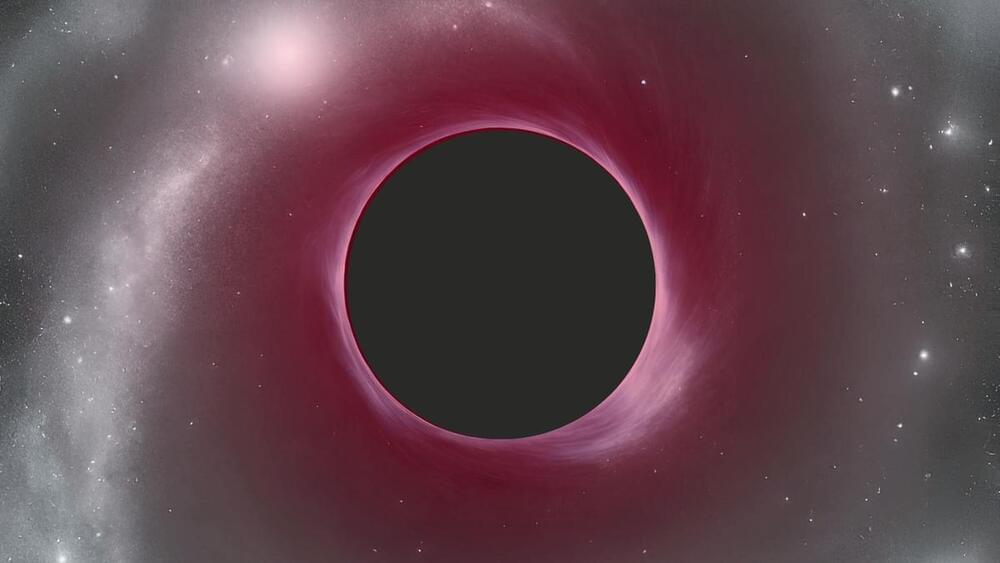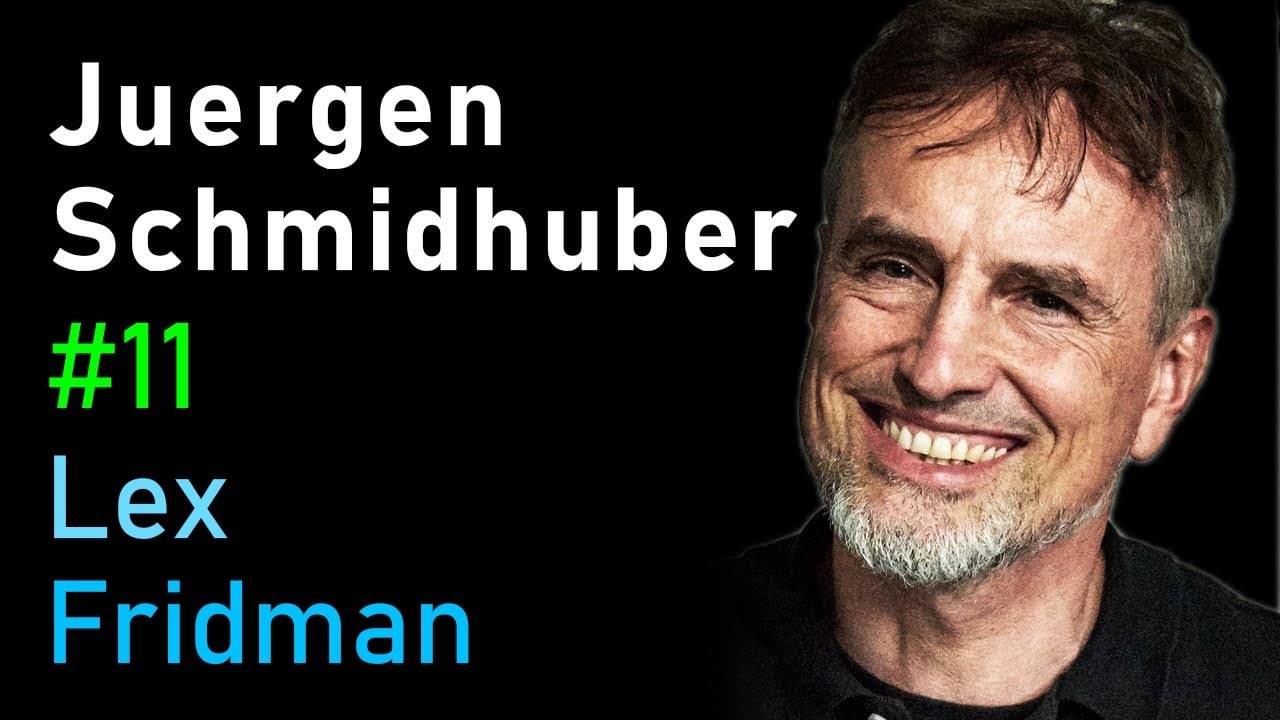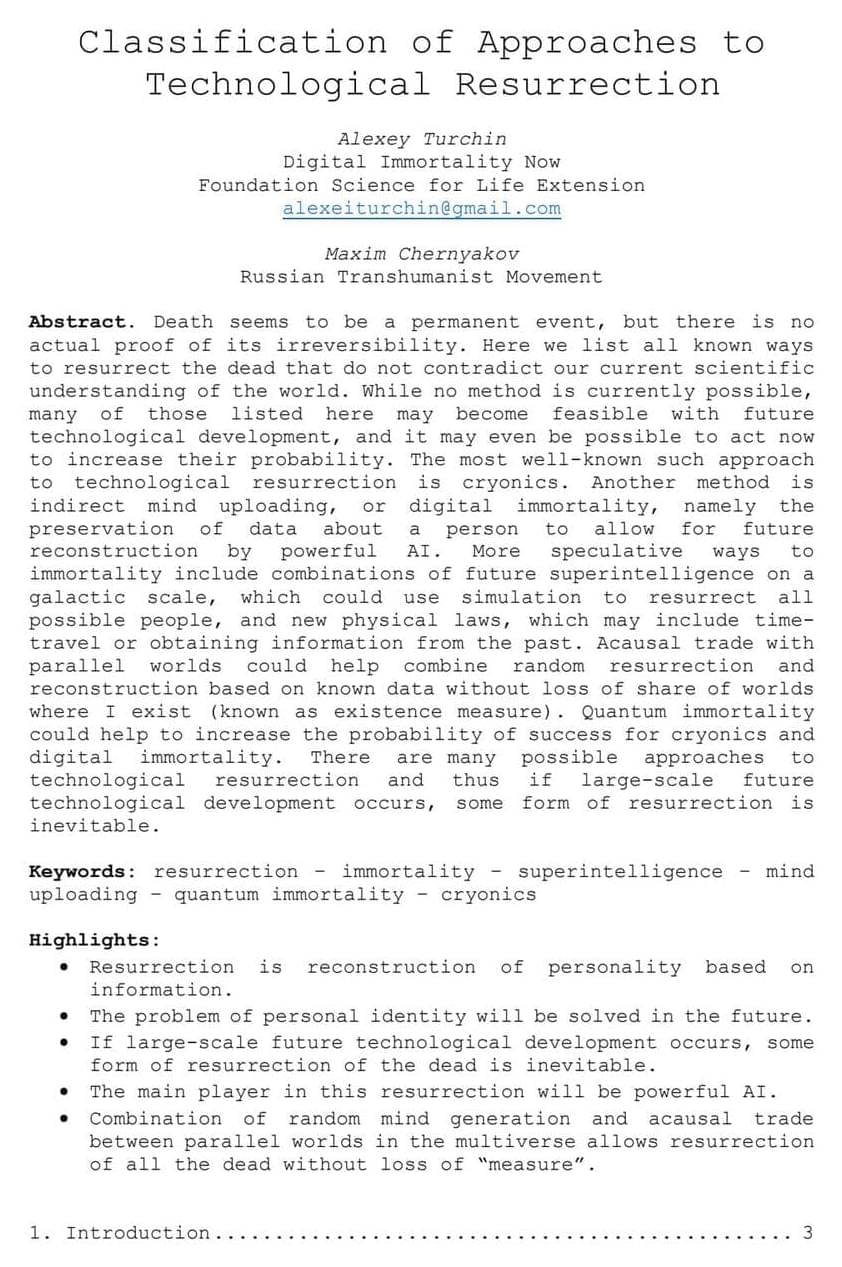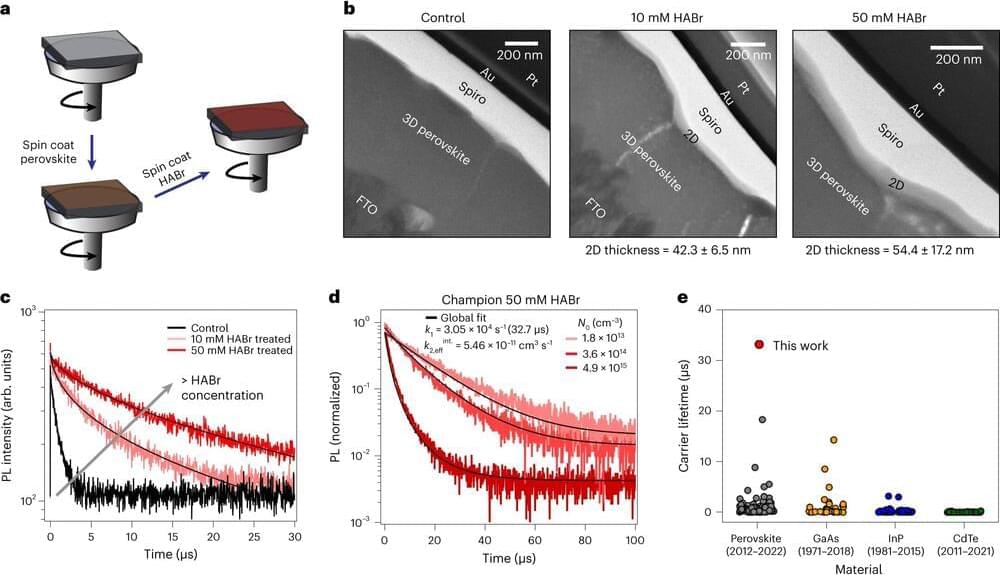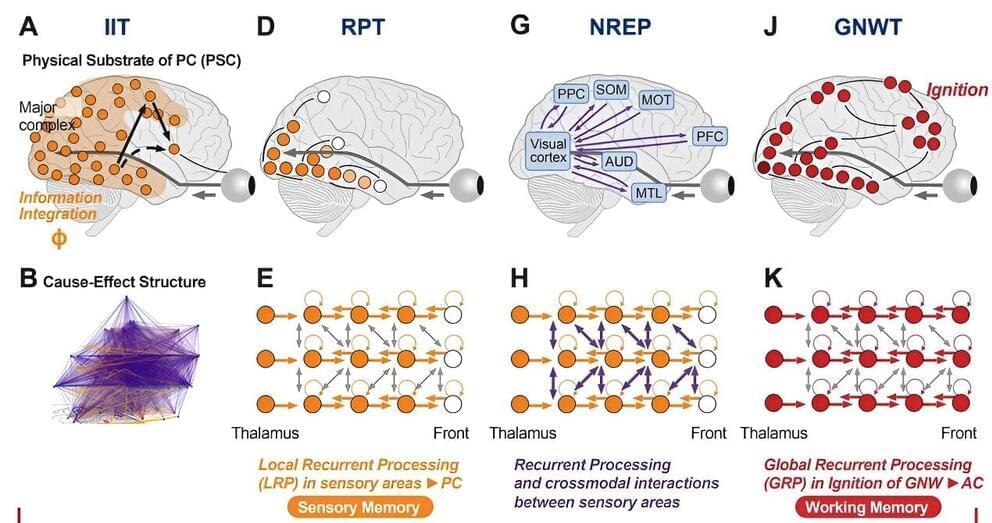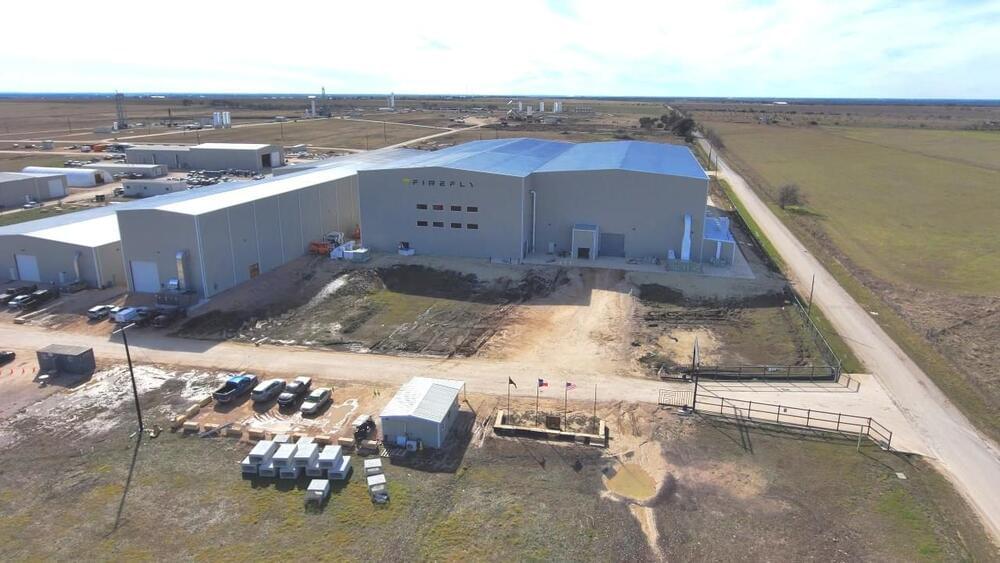Stimulating a key brain rhythm with light and sound increases peptide release from interneurons, driving clearance of Alzheimer’s protein via the brain’s glymphatic system, new study suggests.
Scientists have identified a unique form of cell messaging occurring in the human brain, revealing just how much we still have to learn about its mysterious inner workings.
Excitingly, the discovery hints that our brains might be even more powerful units of computation than we realized.
Back in 2020, researchers from institutes in Germany and Greece reported a mechanism in the brain’s outer cortical cells that produces a novel ‘graded’ signal all on its own, one that could provide individual neurons with another way to carry out their logical functions.
Using the James Webb Space Telescope (JWST), astronomers have discovered an “extremely red” supermassive black hole growing in the shadowy, early universe.
The red hue of the supermassive black hole, seen as it was around 700 million years after the Big Bang, is the result of the expanding universe. As the universe balloons outward in all directions, light traveling toward us gets “redshifted,” and the redshifted light in this case indicates a cloak of thick gas and dust shrouding the black hole.
Lex Fridman Podcast
Posted in futurism
Classification of approaches to technological resurrection.
Dropbox is a free service that lets you bring your photos, docs, and videos anywhere and share them easily. Never email yourself a file again!
Perovskites, a broad class of compounds with a particular kind of crystal structure, have long been seen as a promising alternative or supplement to today’s silicon or cadmium telluride solar panels. They could be far more lightweight and inexpensive, and could be coated onto virtually any substrate, including paper or flexible plastic that could be rolled up for easy transport.
In their efficiency at converting sunlight to electricity, perovskites are becoming comparable to silicon, whose manufacture still requires long, complex, and energy-intensive processes. One big remaining drawback is longevity: They tend to break down in a matter of months to years, while silicon solar panels can last more than two decades. And their efficiency over large module areas still lags behind silicon.
Now, a team of researchers at MIT and several other institutions has revealed ways to optimize efficiency and better control degradation, by engineering the nanoscale structure of perovskite devices.
The results of research led by scientists at the University of Exeter, and at King’s College London, suggests that young people could be spared from going blind by a new genetic risk tool that could also help predict patients who will progress to multiple sclerosis (MS) earlier, and get treatment started earlier. The study has shown for the first time that combining genetic risk for MS with demographic factors significantly improves MS risk prediction in people presenting with the eye disorder, which is called optic neuritis (ON).
Tasanee Braithwaite, MD, consultant ophthalmologist to the Medical Eye Unit at Guy’s and St Thomas NHS Foundation Trust, and adjunct senior lecturer at King’s College London said, “As a doctor caring for many patients with optic neuritis, I’m excited by the possibility of translating this pilot research into front line clinical care in the near future. Whilst more research is needed, our study provides a strong signal that we could better identify patients at high risk of MS, perhaps enabling these people to have earlier MS treatment in the future. Whereas, if we could better identify people whose optic neuritis is very unlikely to result from MS, we could treat these people urgently to reduce irreversible vision loss and blindness.”
Braithwaite is senior author of the team’s published paper in Nature Communications, titled “Applying a genetic risk score model to enhance prediction of future multiple sclerosis diagnosis at first presentation with optic neuritis,” in which they concluded, “This study indicates that a combined model might enhance individual MS risk stratification, paving the way for precision-based ON treatment and earlier MS disease-modifying therapy.”
Professor Emeritus Johan Frederik Storm has led research forming the basis of a article that aims to uncover an alternative approach to the understanding of how human consciousness functions. It is currently available on the PsyArXiv preprint server and in prepress in the journal Neuron.
“We suggest how different theories that appear to be conflicting can perhaps be combined after all and complement each other within the framework of a more comprehensive theory of consciousness,” explains Storm.
There are many differing schools of thought about consciousness in the field of brain research and Storm puts forward the factors that have probably led to a lot of apparent disagreement.
It turns out an old dog can learn new tricks. After over 300 flights and 13 years in service, Falcon 9 continues to improve as SpaceX tweaks the design for higher performance.
SpaceX hit a new record on Sunday, flying 24 Starlink v.2 minis aboard a Falcon 9 rocket, surpassing its previous high water mark of 23 satellites. “This mission is carrying one additional Starlink satellite from previous east coast missions thanks in part to performance increases on Falcon 9,” SpaceX wrote on X.
The company did not detail how it was able to squeeze more performance out of Falcon 9. The Starlink v.2 mini debuted at the start of last year, boasting around 4x more capacity than its predecessors. The company has previously been launching 21–23 Starlink satellites per flight.
BRIGGS, Texas (KXAN) — More rockets will soon be built in the Austin area. Firefly Aerospace, an end-to-end space transportation company, think space truckers, is unveiling its newest Rocket Ranch facility Wednesday.
The expanded facility will allow the company to produce and assemble new rockets, as well as test engines with 230,000 pounds of thrust. A new 100-foot test stand is part of the facility.
In addition, the facility will give the company access to a new automated fiber placement machine, allowing them to build rocket components at a faster pace as well as a new robotic powermill. This device will allow the company to rotate rockets with an 18-foot diameter.
